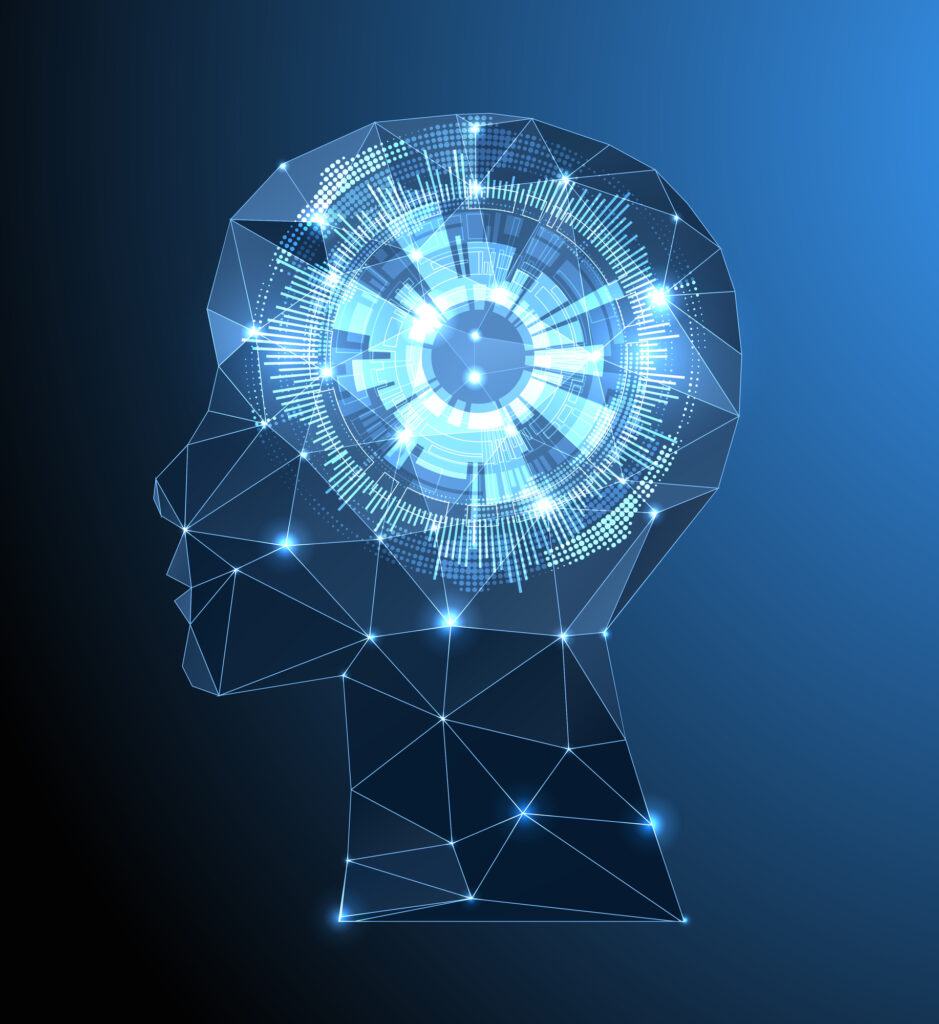AI is used in marketing to provide customers with a personalized and digital experience. Content is customized to the needs of consumers, allowing for better segmentation. It also allows consumers to build relationships on their terms. We can expect to see AI used more in sales as marketers and customers become aware of its benefits. It is therefore important to understand how to make the most of AI for your company.
You will learn about:
- How AI can be used by marketers to improve the customer experience and increase sales.
- How to use AI for customer segmentation.
- How to use AI for establishing relationships with customers according to their terms.
- Learn how to tailor content to your audience using AI.
Customers as high as 70% believe that a seamless transfer of their business between channels and departments is essential to build trust and convince them of a brand. The majority of customers (62%) are therefore open to the idea of companies using AI to improve their processes and increase service levels.
You’re at the right place if you want to know how you can use AI to customize your customer experience. Let’s examine in depth how marketers can leverage the AI opportunities available today.

How can marketers make use of Artificial Intelligence (AI)?
You have all the data that you need as a marketer to create value. It is important to clearly define how you will use the new solutions. Here are three ways you can use AI for digital marketing.
- Segment your audience using smart segmentation.
- Create a relationship on the terms of your customers.
- Create content that is tailored to the needs of each segment.
1. Target group identification using AI and segmentation.
Segmenting your target group is an essential part of any marketing activity. If you don’t know the target group, it is hard to convince them.
Marketers have in the past set general goals, asking questions like: “Do we aim for a higher level of awareness, commitment, or retention? Profits, perhaps, or something else?” Then, they manually calculated the best target group.
AI and Predictive Analytics help marketers identify the most effective target groups. It is also more accurate and faster. The AI can identify new segments within this group with similar attributes. This allows customers to create a unique and personal relationship with customers by presenting a more personalized offer.
What does the whole process look and feel like? A travel clothing retailer can use AI segmentation to identify specific types of clients. For example, if it divides its customer base into hikers and camping enthusiasts. AI can identify “lux-campers”, who are looking for tents with high levels of comfort, and “trail enthusiasts”, who purchase the most advanced gear. Once they are identified, AI can create customized campaigns for them. For example, it could highlight the benefits of a travel-friendly coffee maker that would appeal to “lux campers” or a GPS watch that would be popular with “trail enthusiasts”. Information provided by AI will be more accurate and relationships with customers will last longer.
AI can help determine the actions clients in specific segments will take when they receive the message that is intended for them. Answering yes/no questions is a good way to start. After you have sent an email, for example:
- Does the target audience open it?
- Does the client read it?
- Will the client purchase a brand’s product?
- Can the customer cancel their subscription?
You can customize your message better if you answer the questions above. You can ask customers who don’t respond to emails to update their preferences, so they receive only content relevant to them. Membership in a loyalty program is a great way to build ties with customers who are responsive to your emails.
Here are some examples of how AI can be used to improve customer segmentation.
- Write down the main characteristics of your target audience, including who they are and their members.
- Use AI to identify new personality types and perform deeper analyses.
- Give them personalized messages.

2. AI can help you build relationships with your customers on their terms
Segmenting your target audience is a great start. But as a marketer, you must also communicate the right message through the correct channels at the right time. Email, mobile devices, and desktops or laptops can be used, as can social media. AI can assist you in preparing the perfect message, determining its quantity, and choosing channels to maintain a high level of engagement with your customers.
You can determine the preferences of your target audience by comparing the number and type of messages you send to them with the number of active clients. Some customer groups, for example, will not use a specific channel. AI can assist you in predicting this phenomenon. A notification sent via phone or social media will not influence someone who is unlikely open the email. It is also important to optimize the timing of the delivery of your content to ensure that it reaches the customer at the right time.
Here’s how AI helps you reach customers wherever they are.
- Verify who you are sending messages to, and how.
- You can use your AI and preference center to collect information on customer preferences for frequency, channels, and timing of messages.
- Use A/B tests and multiple choice tests to compare the results of AI-optimized campaigns to those from previous campaigns.

3. AI can tailor content to each segment within a group.
Create engaging content once you’ve identified your target audience, when you can reach them, and how. You could have previously used creative content or special offers that would change based on your attributes. This approach is called dynamic content. This is a great solution, but it often involves manual labor. AI can help change this.
AI can be used by companies that have thousands of products, and hundreds of thousands of customers to determine the best product recommendations. These recommendations are tailored for each segment in the target market. AI-based recommendations are based on the behavior of web browsers and similar products, which introduces customers to products that they will most likely purchase.
AI-based campaigns may also include customized banner ads to encourage customers to take specific actions. AI can dynamically personalize your campaigns or offers based on the information it collects. This process is easy and only requires creating dynamic fields in your website, mobile app, or e-mail. AI will fill in the areas with the correct bids for each segment of the target group.
Here’s a final tip on how to determine the right amount of personalized content using AI:
- Offer different deals to each segment of your audience.
- Use multiple tags to identify groups that you are targeting with your offers.
- Add dynamic fields to your content and tag them with metadata.
- Automated, AI-based recommendation engines and machine learning processes.

Artificial intelligence and marketing: a long-standing link
The demand for marketing materials and personalized experiences will grow along with the growth of the customer base and increasing contact possibilities. We are therefore convinced that AI is here to stay for many years.
Marketers should use AI to stay ahead of their competition. AI can help them segment customers better, increase consumer engagement, and create dynamic content. These elements and many more will be an essential part of every marketer’s toolkit.